AO Edited
Gastro Obscura
Fish Car No. 3
This vintage train once gave new meaning to “swimming upstream.”
After the Transcontinental Railroad connected the American continent, humans weren’t the only ones to book passage.
On the site of the D.C. Booth Historic National Fish Hatchery & Archives in Spearfish, South Dakota, visitors can marvel at how thousands of fish traveled in style, aboard a replica of “Fish Car No. 3.” Over the span of 66 years, from 1881 to 1947, the United States government made use of 10 custom rail cars to shepherd billions of fish across millions of miles at the behest of the United States Fish Commission (a predecessor to today’s Fish and Wildlife Service).
Before the custom-built trains’ debut, fish had had to roll through the prairies however they could—with mixed results. In 1873, a repurposed fruit car tried to deliver a hodgepodge of trout, catfish, and lobsters from New Hampshire to California; six days later, a bridge collapse in Nebraska released dozens of confused shellfish into the middle of the Cornhusker State.
Each new car came with more bells and whistles than the last: When the original Fish Car No. 3 rolled into service in 1884, it came not only with specialized ice compartments to keep its underwater passengers chill en route, but also with the capacity to hatch fish eggs while on the move. In 1886, No. 3 left the Susquehanna River in Maryland with more han half a million shad eggs, which would become thriving fish fry by the time they reached their new home in Oregon’s Columbia and Willamette Rivers.
Unfortunately, by World War II, both trucks and airplanes would prove the fish cars’ undoing. Each of the fish cars soon found themselves disassembled, and their equipment parted out to the hatcheries they once served. But in so many of the lakes and rivers throughout the country, countless descendants of those roadtripping rainbow trout and perch are still swimming today.
Know Before You Go
Visitors to the museum can also ogle the "largest collection of fisheries artifacts in the country," a boat used by early hatchery workers in expeditions to Yellowstone, and the hatchery grounds. And feed fish. Check the website for opening hours as well as information on tours of the replica railcar.

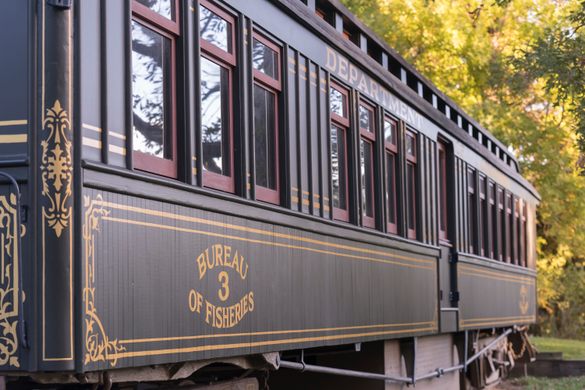
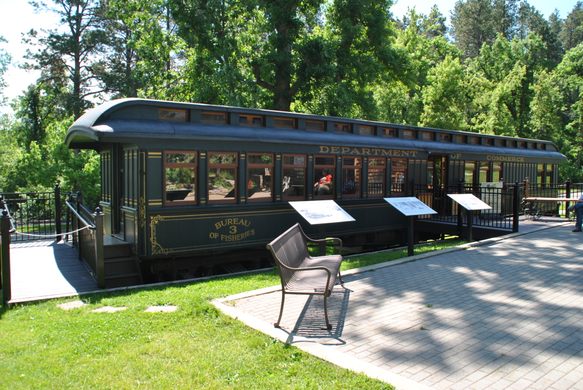
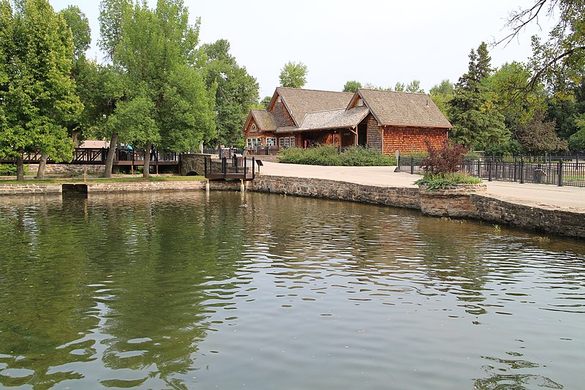




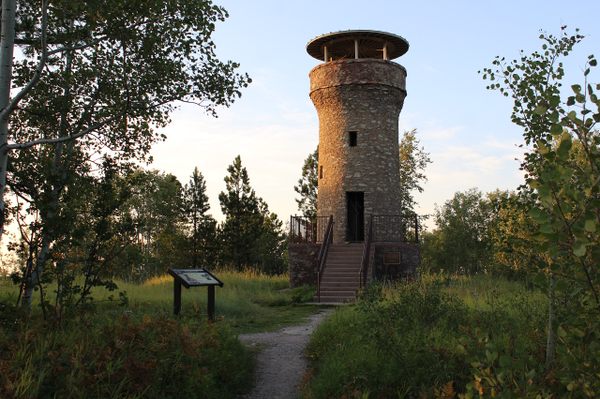




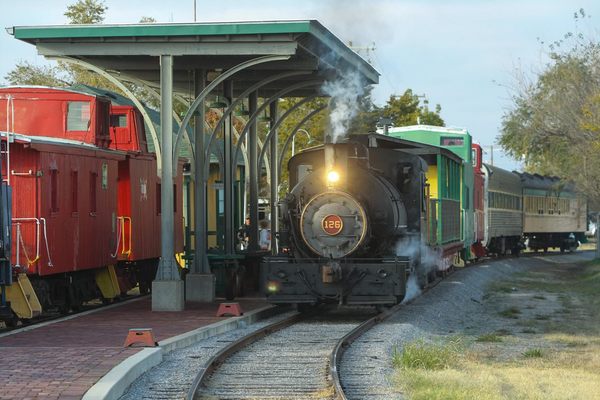
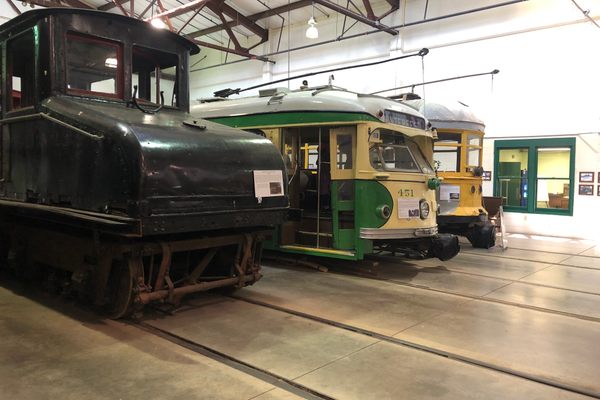

Follow us on Twitter to get the latest on the world's hidden wonders.
Like us on Facebook to get the latest on the world's hidden wonders.
Follow us on Twitter Like us on Facebook